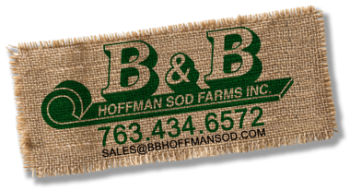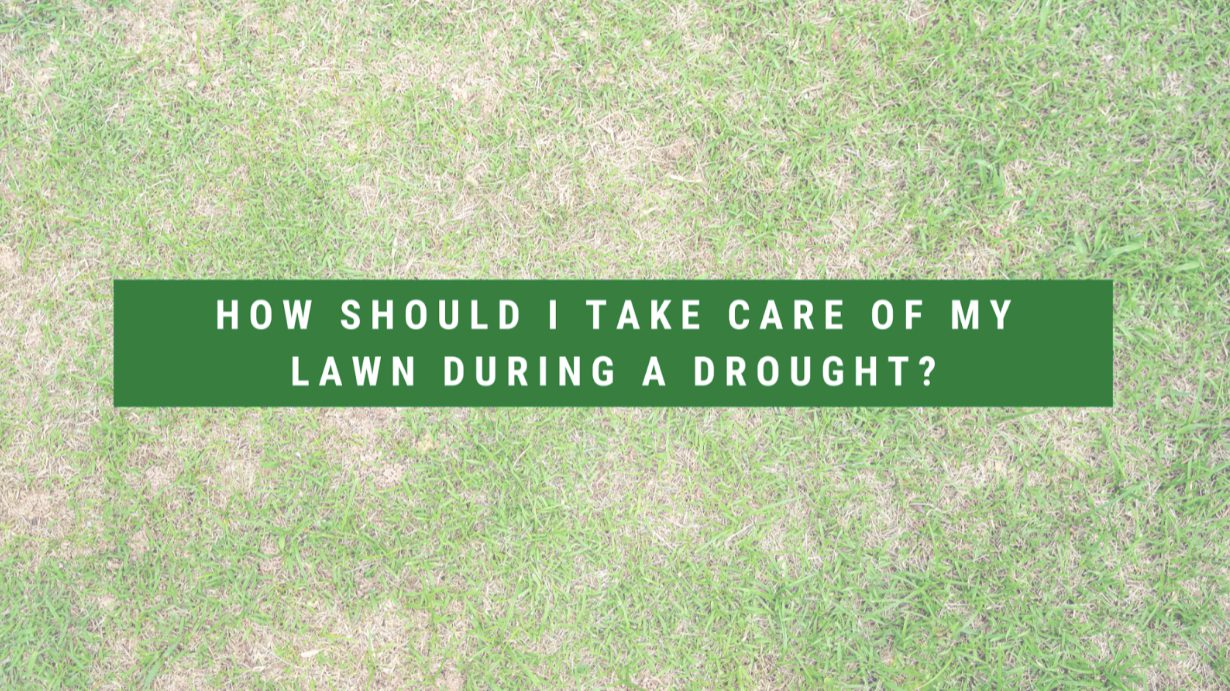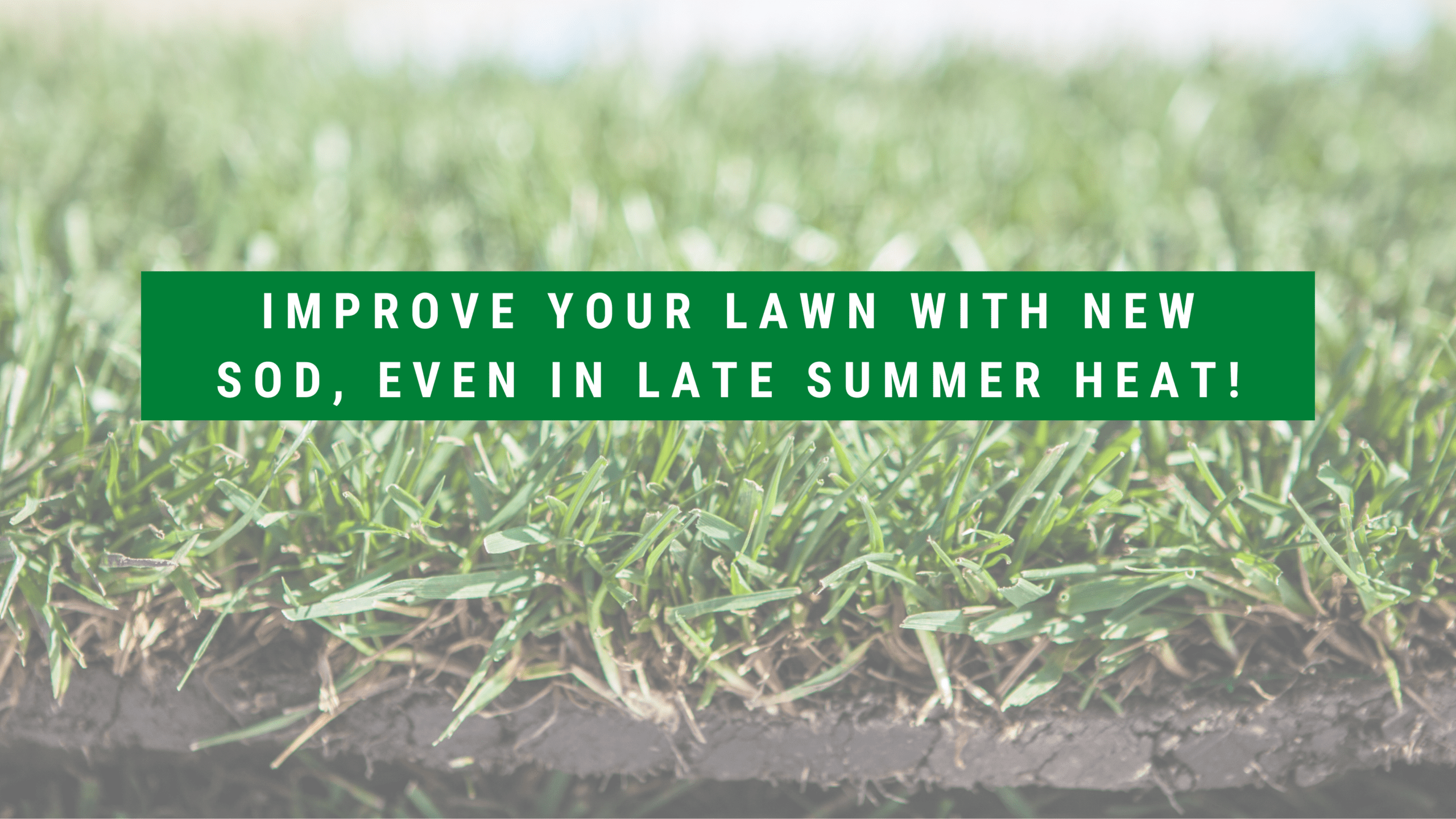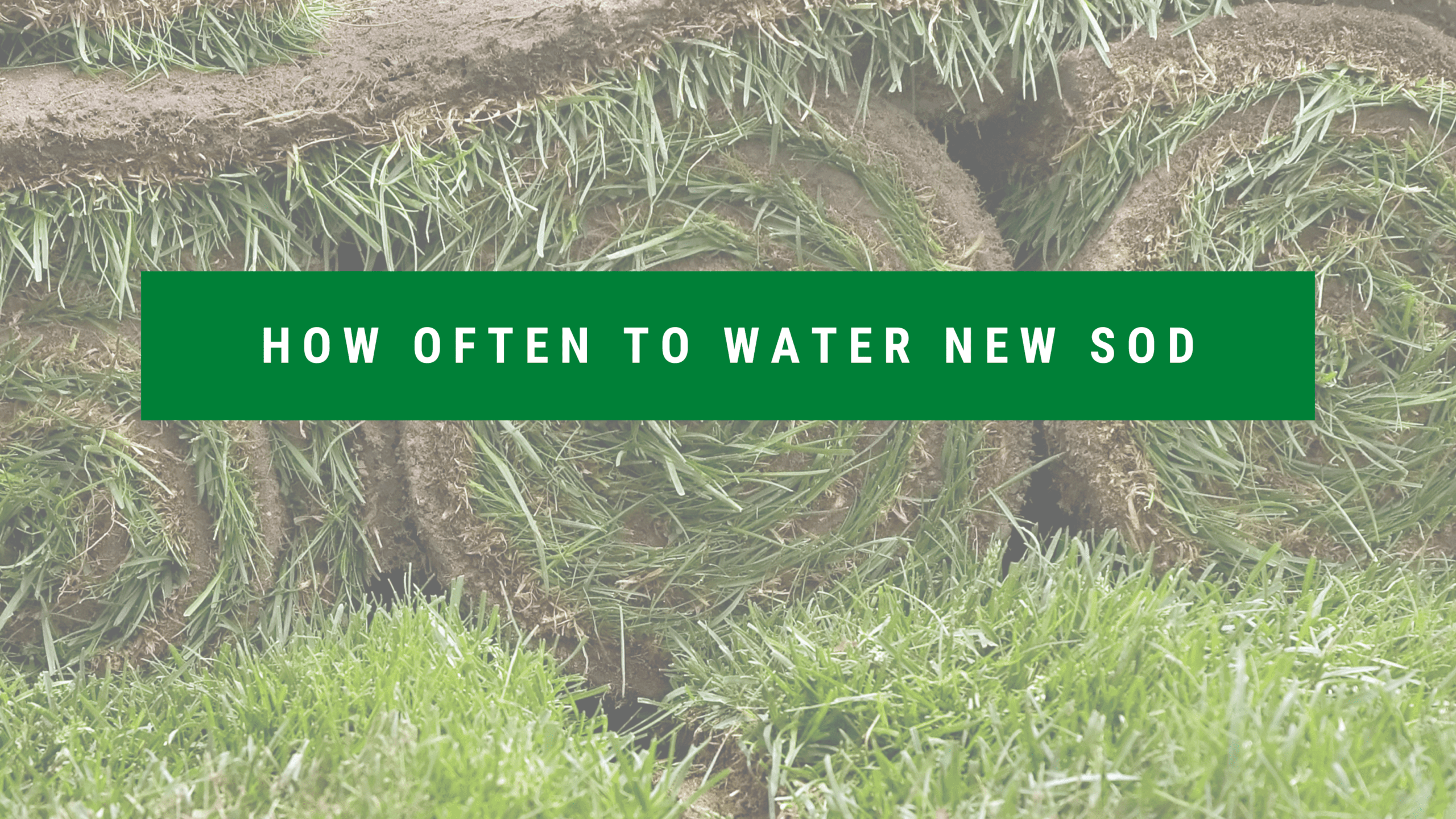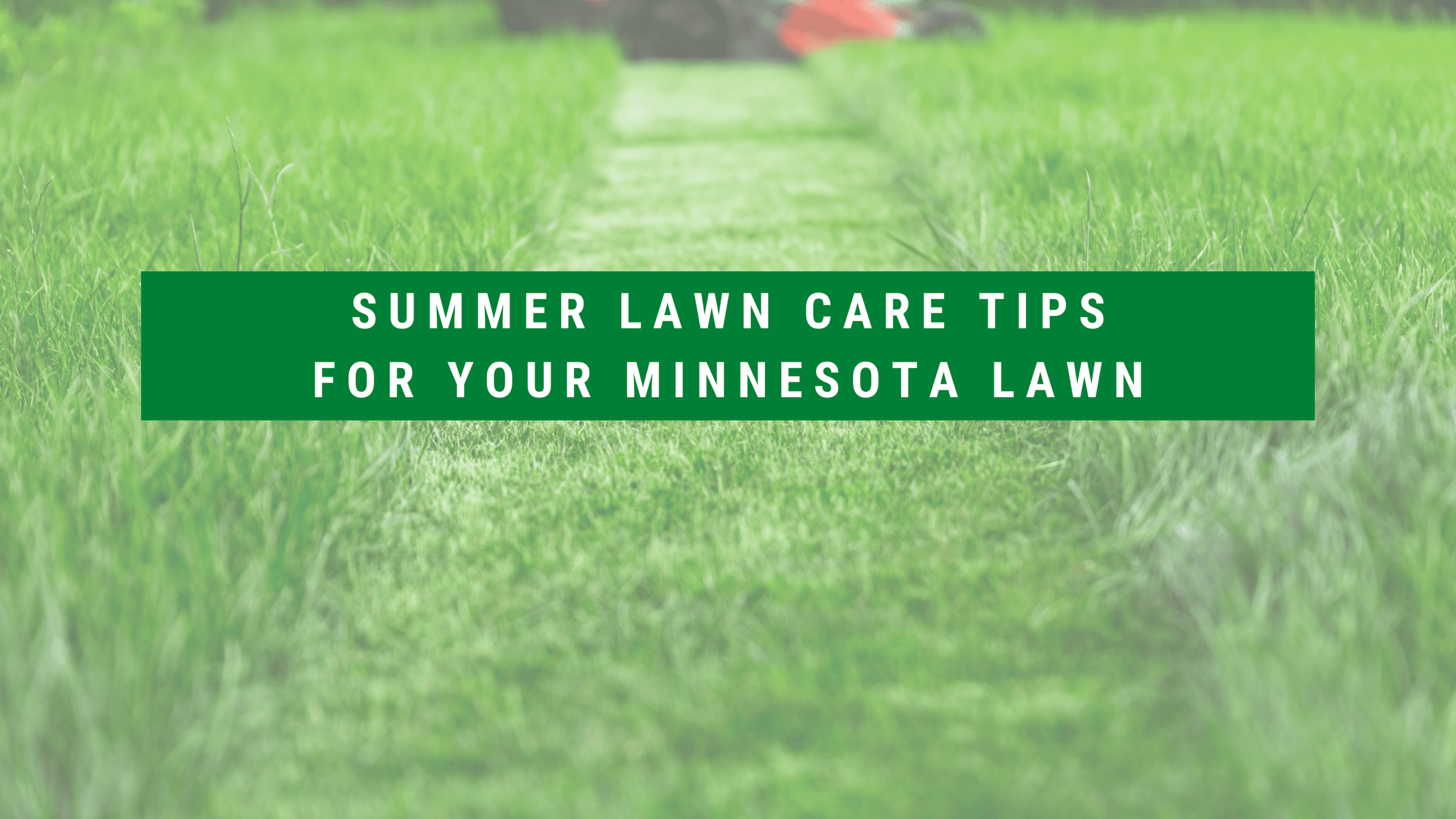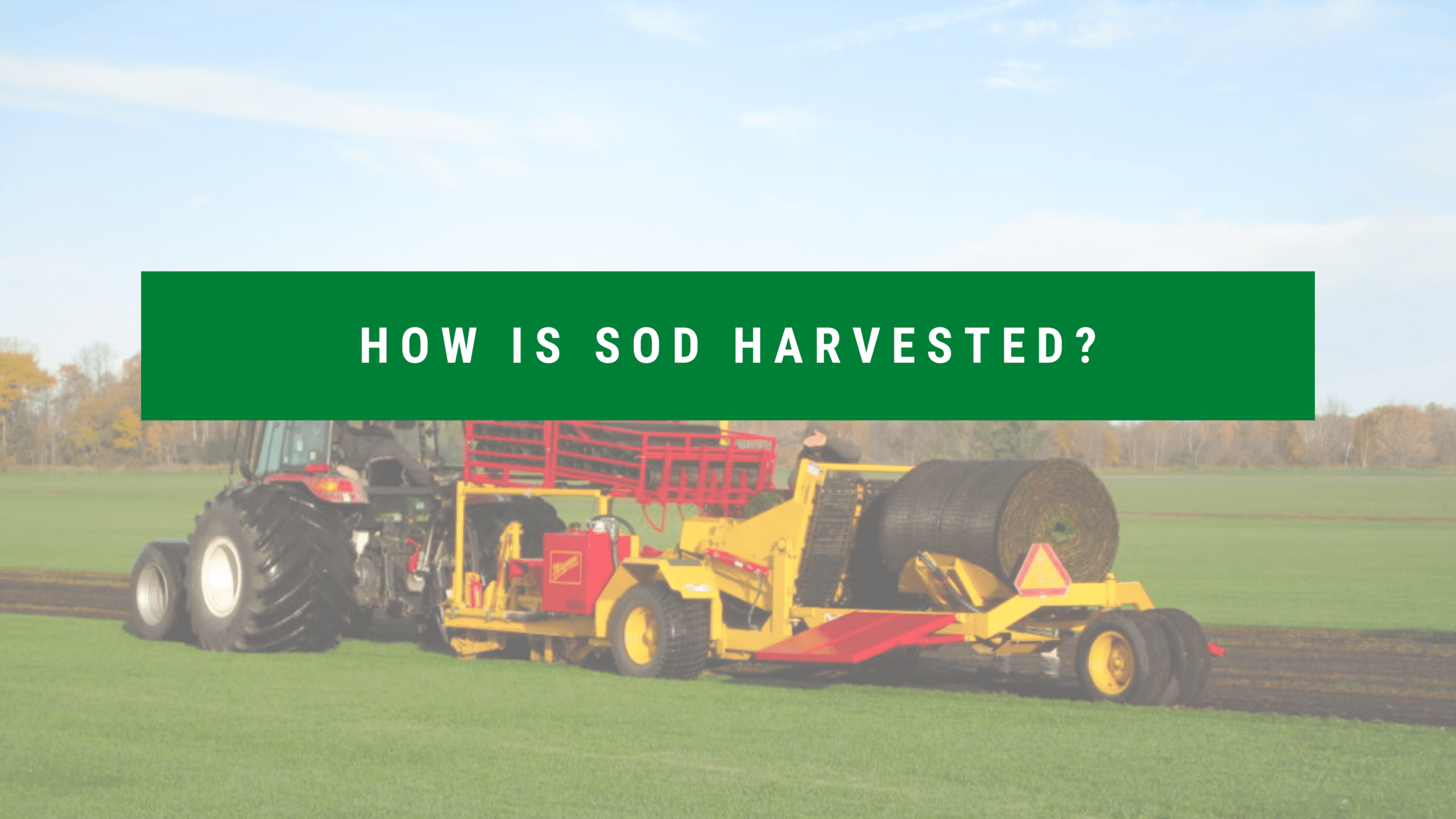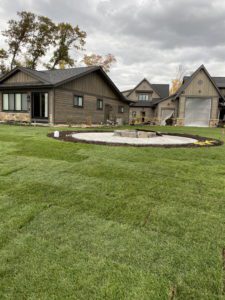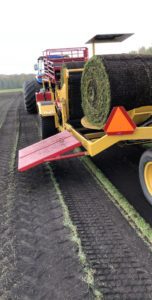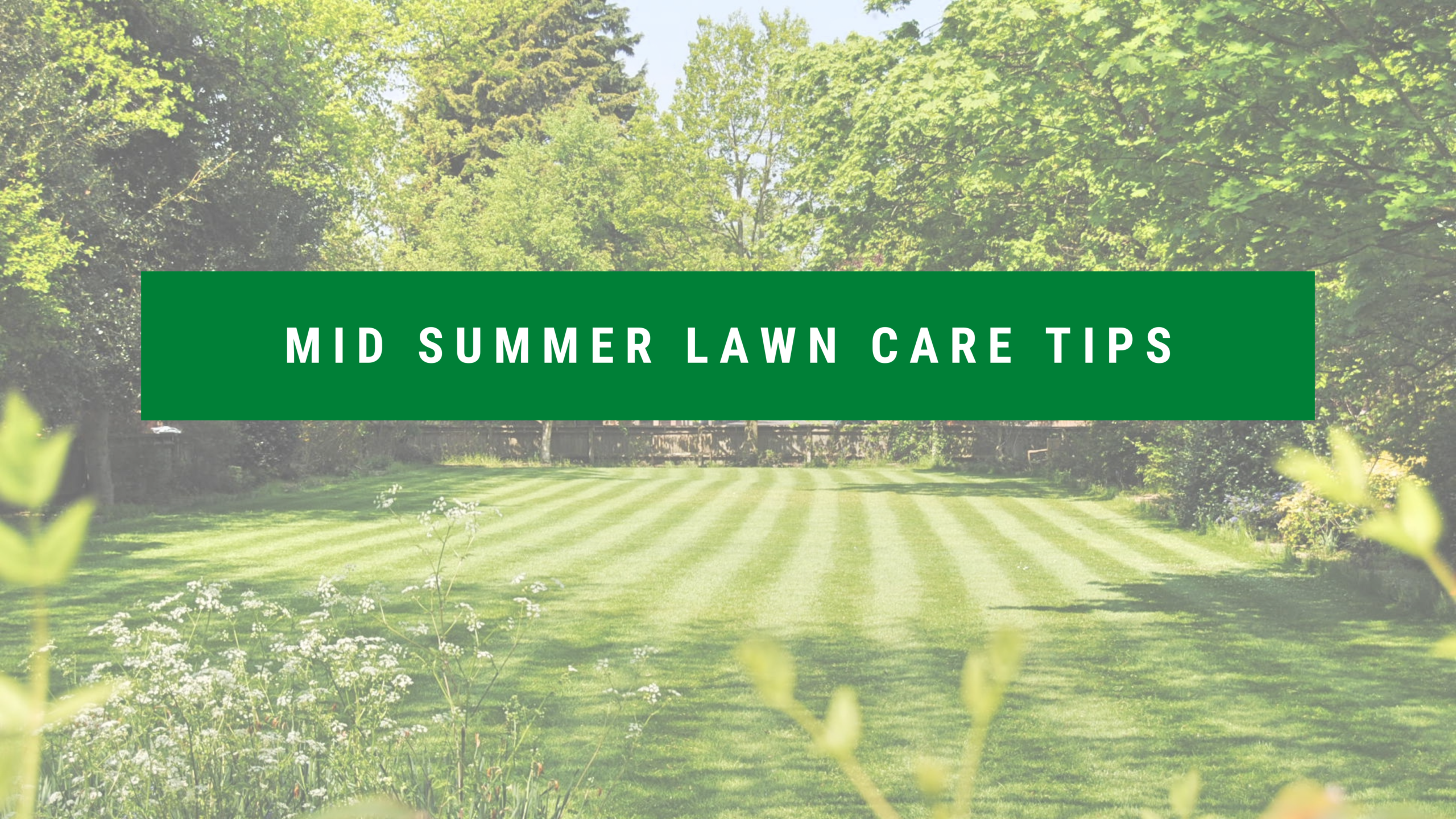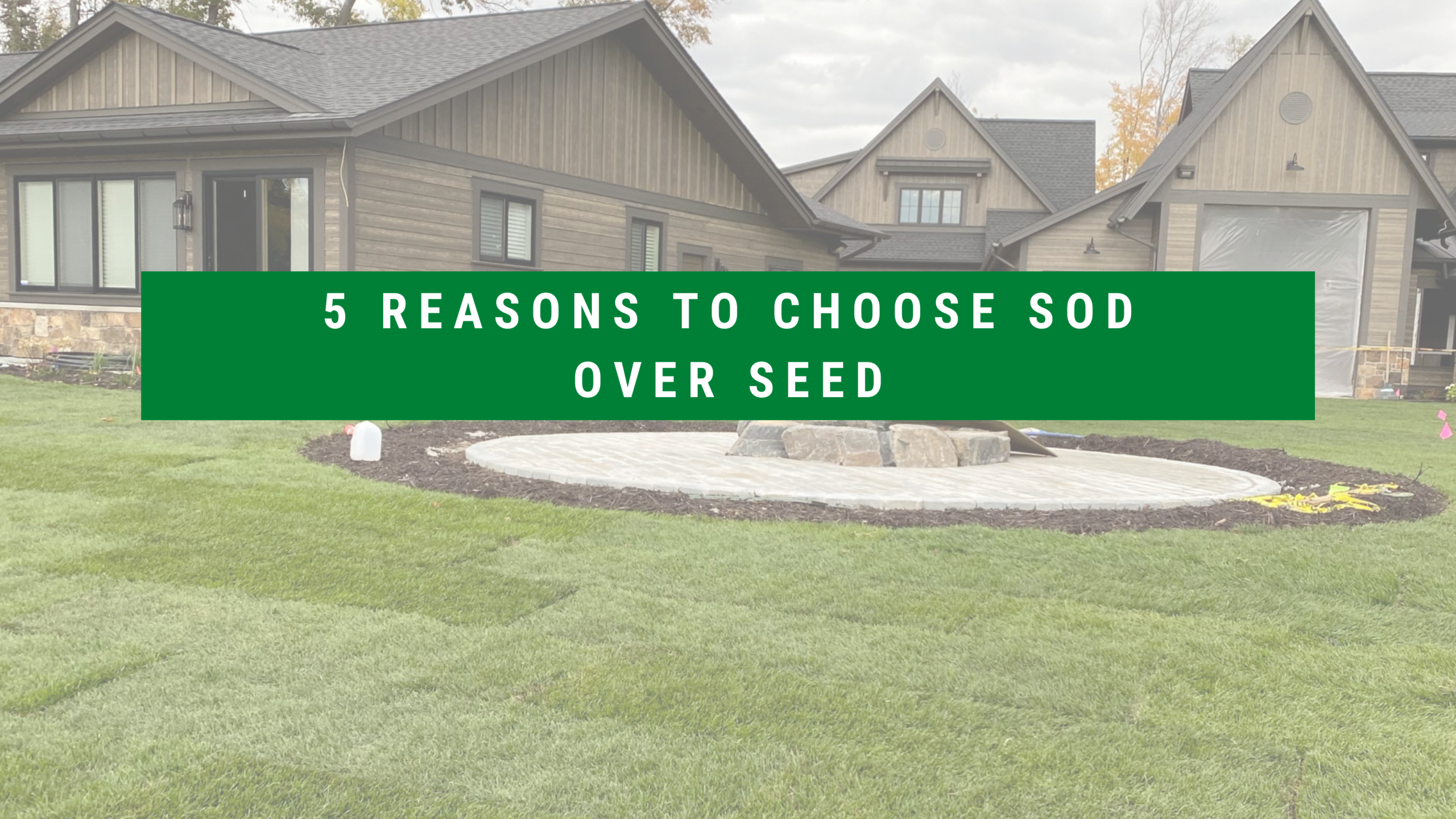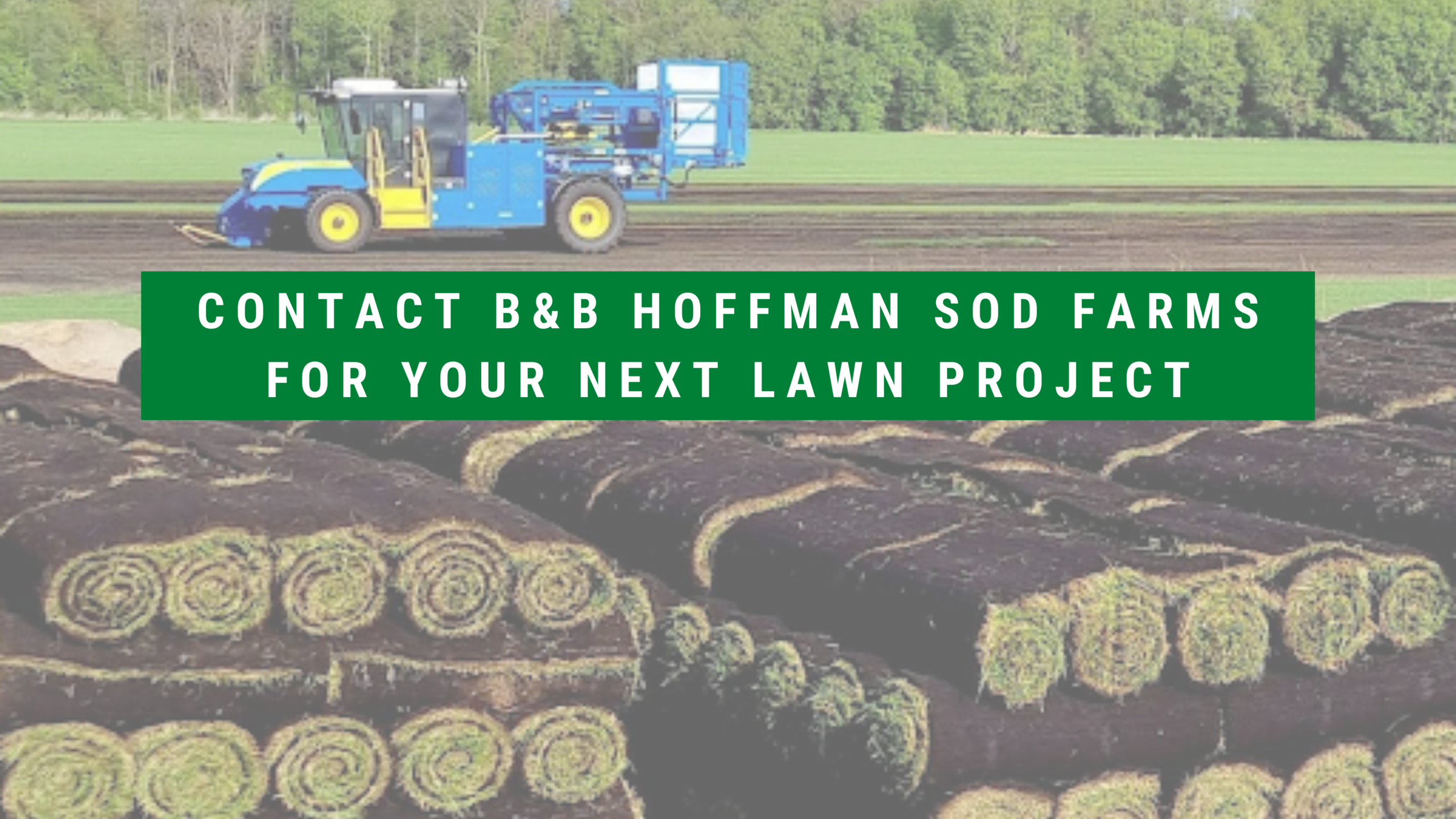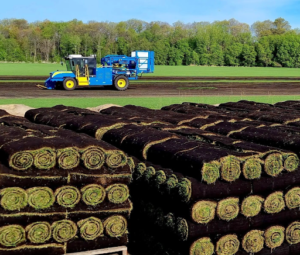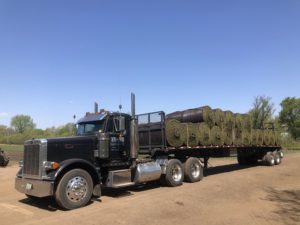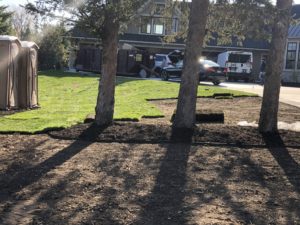In general, you should only be watering your lawn when it needs it, but knowing when your lawn needs watering might be difficult!
Grass needs to be watered about 1” to 1½” per week and you shouldn’t water any lawn every day. However, on the days you do, water the sunny spots more frequently than the shaded spots. If the grass is newly planted there will be more watering requirements to assure healthy root development. Make sure you never overwater because it can lead to shallow root systems and can drown new grass shoots, especially during drought season.
Speaking of drought season, here are some methods and remedies that can help your lawn make it through in one piece!
Watering your lawn deeply and infrequently before 10 a.m. is essential to ensure you’re not wasting money away. If you start to see thin or bare patches of dirt, overseeding helps repair these areas. However, if the patch is too far gone reach out to us, B&B Hoffman Sod Farms, for help with sod applications.
Before a drought, begin nourishing your grass with the correct fertilizer so your grass can store up what it needs. Whenever mowing never cut off more than ⅓ of your grass and drought conditions can stunt the growth of your grass, so the rule applies more than ever.
If you have more questions about lawn care during a drought or the products that B&B Hoffman Sod Farms offers, visit us online at bbhoffmansod.com or call 763-434-6572.
